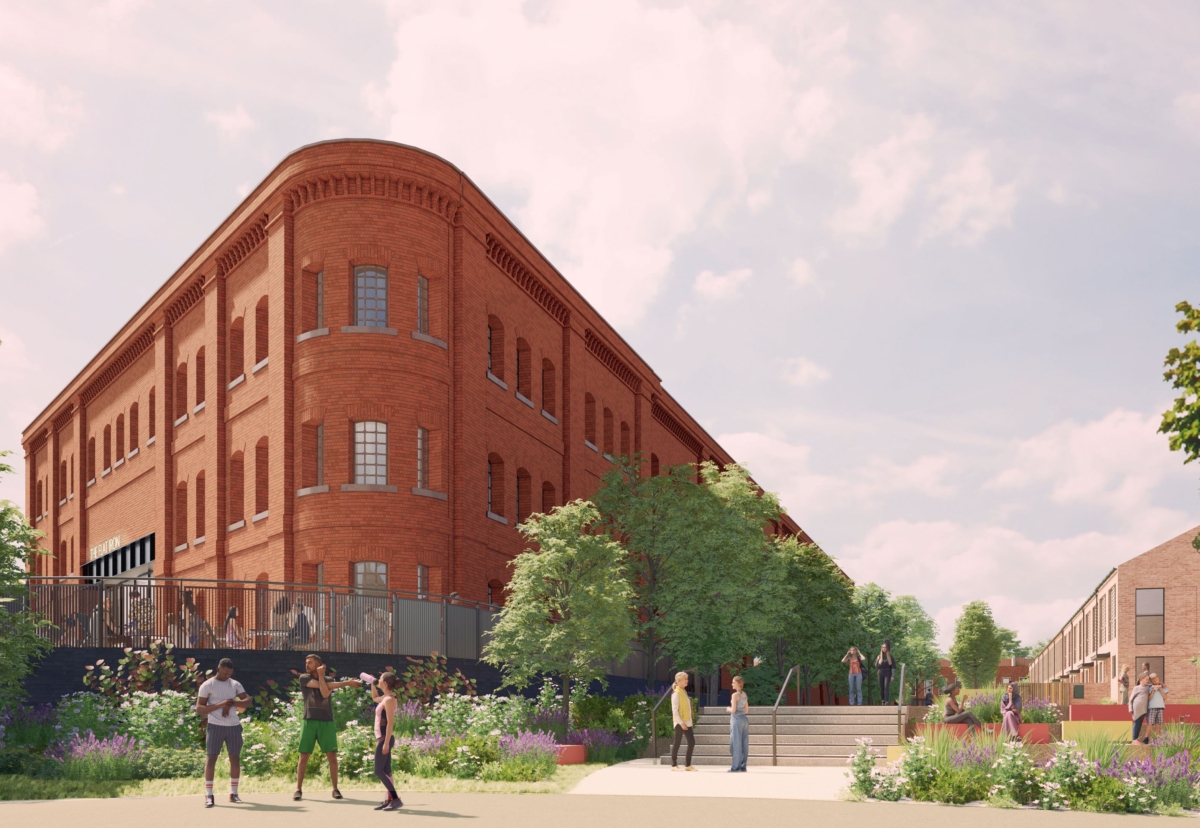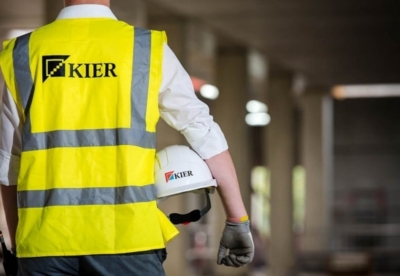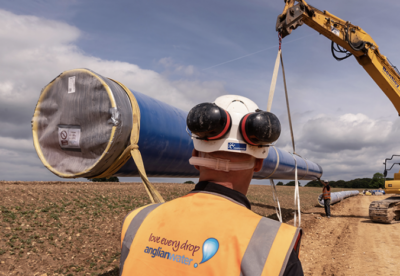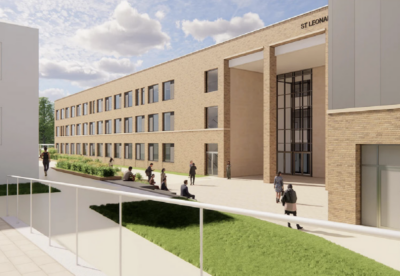Construction is now scheduled to start this summer to transform two landmark Grade II listed buildings into over 110,000 sq ft of commercial space alongside 276 new build homes.
Restoration of the 19th Century Bonded Warehouse and Engine House will deliver a total of 111,275 sq ft of flexible offices, health and fitness space, a restaurant/café, together with a regional sales centre for Birmingham-headquartered Wavensmere Homes.
Friar Gate Goods Yard has been in the ownership of the Clowes family for over 40 years, with a number of options for redevelopment proposed but not progressed, due to heritage constraints and commercial viability.
Wavensmere Homes and Clowes developments worked with Glancy Nicholls Architects and Pegasus Group to incorporate the views from over 200 local public consultation responses into the comprehensive plans for the redevelopment of the derelict site.
James Dickens, Managing Director of Wavensmere Homes, said: “Receiving the green light at Committee for the reanimation of this significant historic landmark has been six years in the making. There has been a tremendous amount of effort by our multi-disciplinary team – working alongside Tom Clowes and Tom Morley of Clowes Developments – to get to this fantastic result.
“It is very rare to have a such a large, primely located asset of this architectural quality that has lain derelict for so long – since 1972. Bringing it back into public use will have a transformational impact on Derby’s landscape, supported by much-needed attainable city centre housing.
“With the full support of the City Council’s planning department and planning committee, we look forward to commencing the restoration and construction work – to fulfil our promise.”
Adam McPartland, Director of Glancy Nicholls Architects, said: “We are overjoyed that the required funds can now be invested into saving these distressed 150-year-old listed buildings. Glancy Nicholls Architects has proudly brought its expertise in restoration and retrofit design to visualise the sustainable future of two of Derby city centre’s most notable historic structures.”

























































.gif)